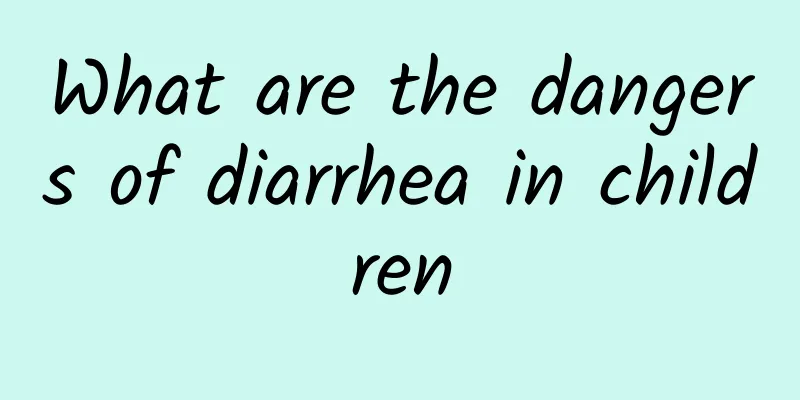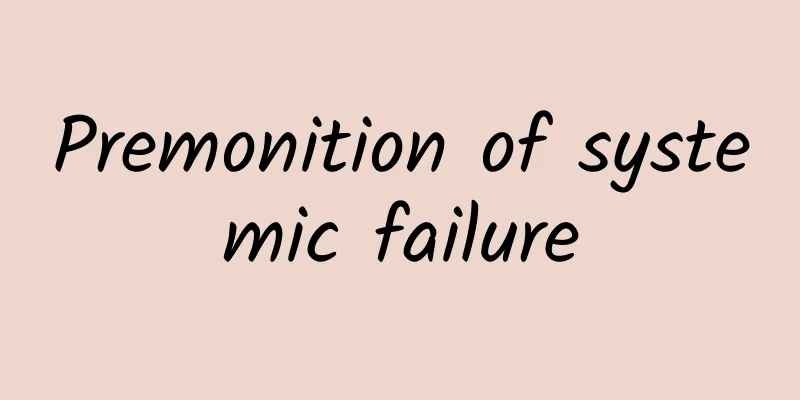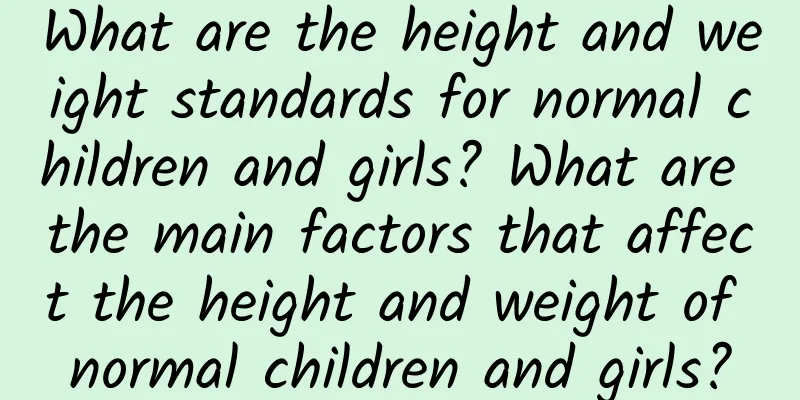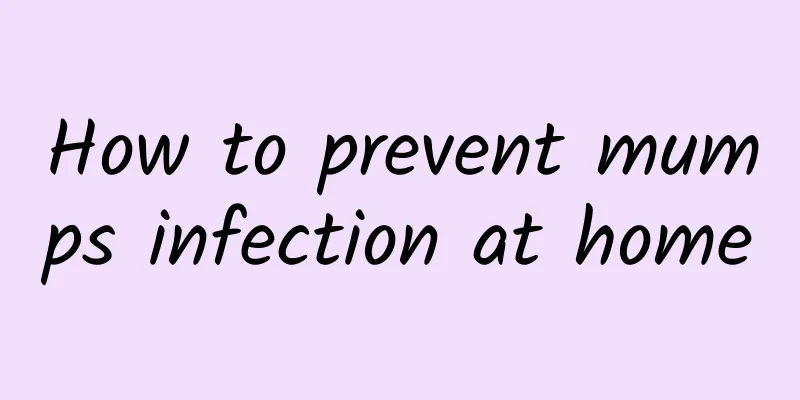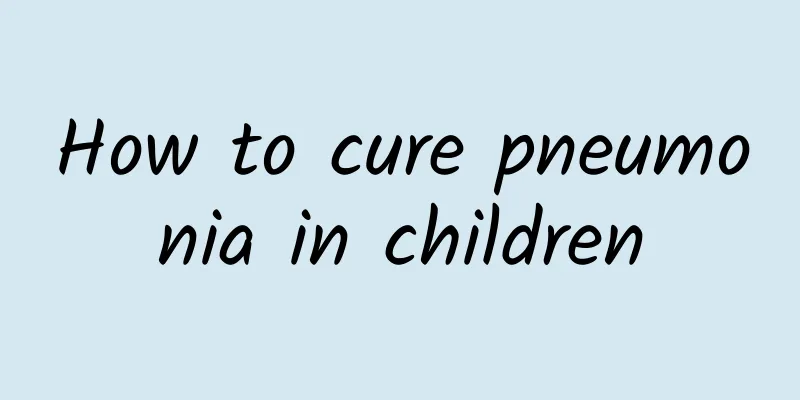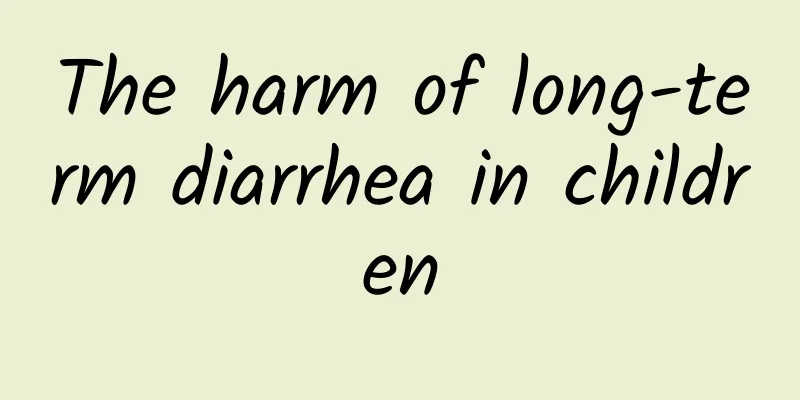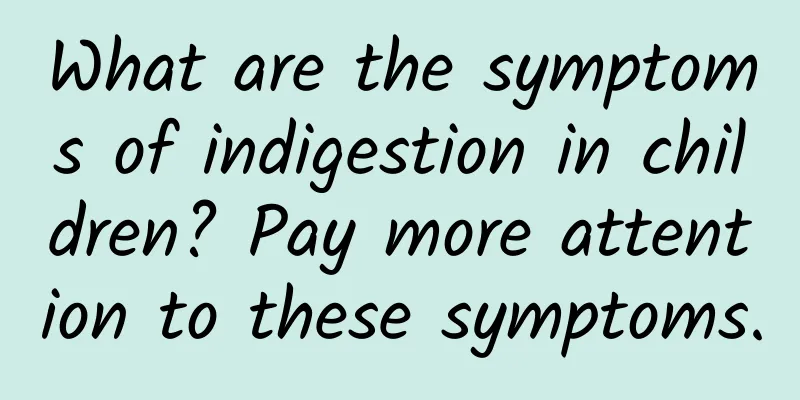How to detect ADHD in children
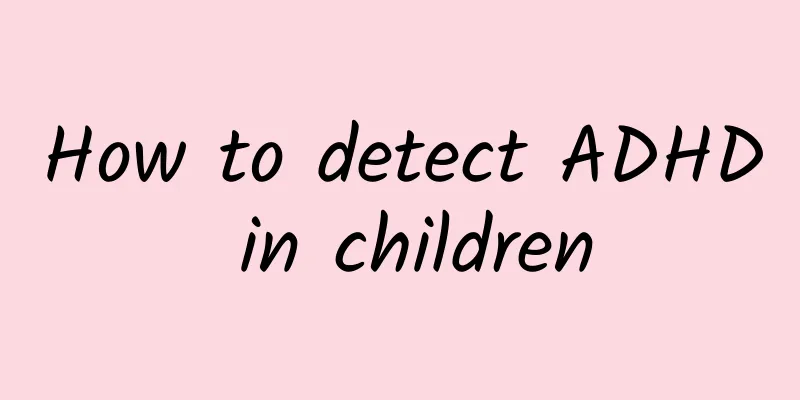
|
In medicine, children with ADHD are generally called attention deficit hyperactivity disorder, or ADHD in English. ADHD is one of the most common psychological disorders in children and adolescents. Children with this disease have normal or almost normal intelligence but have defects in learning, behavior and emotions, which are manifested as difficulty in concentrating, short attention span, excessive activity, and impulsive emotions that affect their academic performance. They have difficulty getting along with others at home and school, and make it difficult for parents and teachers in daily life. How to test whether a child has ADHD? Generally, hyperactive children will be more restrained in a quiet environment and calm down when doing something they are interested in. However, children with ADHD are hyperactive regardless of the occasion or environment. Even in a quiet environment, they will jump up and down without any scruples and twist around when watching TV. How to distinguish whether a child is normally hyperactive or has ADHD? The following is a self-test method for children with ADHD at home. Symptom 1: Inattention 1. Often fail to pay attention to details or often make careless mistakes in homework, work or other activities; 2. Have difficulty maintaining concentration during work or games; 3. Often seem to be listening but not listening when others talk to him; 4. Often cannot complete homework, housework or work according to others' instructions (not due to defiance or failure to understand); 5. Often have difficulty organizing work and study; 6. Often avoid, hate or are unwilling to do work that requires concentration (such as schoolwork or homework); 7. Often lose items needed for study and activities (such as toys, school-assigned homework, pencils, books or tools); 8. Often easily distracted by external stimuli; 9. Easy to forget things in daily life. Symptom 2: Hyperactivity or impulsive behavior 1. Frequently moving hands and feet or twisting in seats; 2. Frequently leaving seats in classrooms or other environments where sitting is required; 3. Often running or crawling around in inappropriate situations (adults or adolescents are limited to subjective feelings of restlessness); 4. Often having difficulty playing quietly or engaging in leisure activities; 5. Often busy or often moving as if "engined"; 6. Often talking too much; 7. Often rushing to answer before others have finished speaking; 8. Often having difficulty waiting quietly or queuing in order; 9. Often interrupting or interfering with other people's activities (such as interrupting or interfering with other people's games). Result analysis: If the child meets more than 6 items in Table 1, he/she can be considered to have "attention deficit disorder"; if the child meets more than 6 items in Table 2, he/she can be considered to have "attention deficit hyperactivity disorder"; if the child meets more than 6 items in both tables, he/she can be considered to have "attention deficit hyperactivity disorder". |
<<: ADHD affects children's learning
>>: How to tell if a child has ADHD
Recommend
What are the daily care for polio patients?
Poliomyelitis is an acute infectious disease caus...
What medicine can be used for oral spray for hand, foot and mouth disease? What medicines are used to treat hand, foot and mouth disease?
It is the high season for baby hand, foot and mou...
How to prevent patent ductus arteriosus
How should we prevent patent ductus arteriosus? N...
What is the cause of children's cough? What is the method of traditional Chinese medicine to treat children's cough?
Children's cough is a defensive reflex moveme...
Can garlic sprouts be eaten? What are the health benefits of eating more garlic?
Can garlic sprouts be eaten? Many people have big...
What are the symptoms of Kawasaki disease?
Kawasaki disease is an acute inflammatory disease...
What are the treatments for high jaundice? Four methods to deal with high jaundice
High jaundice usually occurs in newborns, which w...
The efficacy and function of pine pollen Pine pollen can resist aging
Pine pollen is a substance with great effects and...
Treatment for post-polio syndrome
In life, polio is a common disease that brings se...
When is the best time for children to take calcium supplements? It is recommended to take calcium supplements before going to bed or after breakfast.
The best time for children to take calcium is bef...
Do boys get ADHD?
ADHD, full name Attention Deficit Hyperactivity D...
Differential diagnosis of poliomyelitis
Although the incidence of diseases like polio is ...
Can children with pneumonia eat donkey meat?
Many diseases can be treated with diet, and pneum...
What are Hirschsprung's disease symptoms?
Hirschsprung's disease is a disease in which ...
How to prevent jaundice in newborns? Pay attention to these when preventing jaundice in newborns
To prevent neonatal jaundice, the baby must be br...
